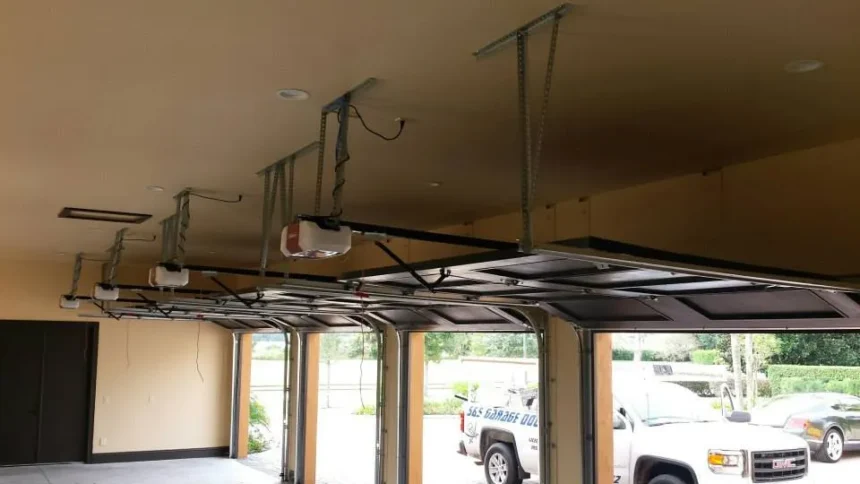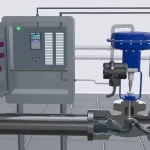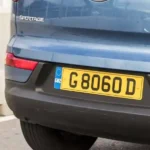Garage door openers have become an integral part of our daily lives, offering convenience, security, and ease of access to our homes. A crucial component of any garage door opener system is the remote control, which allows you to operate the garage door from a distance. However, selecting the right garage door opener remote involves considering compatibility and exploring the various options available in today’s market. In this comprehensive guide, we will walk you through the factors to consider when choosing a garage door opener remote, including compatibility with your existing opener and the range of features and technologies offered.
Understanding the Basics:
Before we delve into the intricacies of choosing a garage door opener remote, it’s essential to understand the basic components of a garage door opener system:
- Garage Door Opener Unit: This is the motorized device that powers the opening and closing of your garage door. It is typically installed in the garage and connected to the door itself.
- Remote Control: The garage door opener remote control is a handheld device that sends signals to the opener unit to activate the door’s movement. It allows you to open and close the garage door without having to manually operate it.
- Receiver: The receiver is a component of the garage door opener unit that receives the signals sent by the remote control and initiates the corresponding action (opening or closing the door).
Factors to Consider When Choosing a Garage Door Opener Remote:
When selecting a garage door opener remote, several important factors come into play:
- Compatibility with Your Opener: The most critical consideration is whether the remote control you choose is compatible with your existing garage door opener unit. Not all remotes work with all openers, so it’s essential to check the manufacturer’s specifications or your opener’s manual to determine compatibility.
- Frequency and Code System: Garage door opener remotes typically operate on specific radio frequencies (e.g., 315 MHz or 390 MHz) and use a code system to communicate with the opener unit. Ensure that the remote you select operates on the same frequency and uses the correct code system as your opener.
- Number of Buttons: Garage door opener remotes come with various button configurations. Single-button remotes are the most basic and are suitable for a single garage door. Multi-button remotes allow you to control multiple doors or devices, such as a gate or lights. Choose a remote with the appropriate number of buttons based on your needs.
- Range: The range of a garage door opener remote refers to the maximum distance from which it can effectively operate the opener unit. Range can vary from a few feet to several hundred feet, depending on the model and technology. Consider the size of your driveway and how far you need to be when opening or closing the garage door.
- Security Features: Some modern garage door opener remotes incorporate advanced security features, such as rolling code technology. This technology generates a new access code each time the remote is used, making it more challenging for potential intruders to intercept and replicate the code.
- Battery Type and Life: Garage door opener remotes are typically powered by batteries. Check the type of batteries required (e.g., alkaline or lithium) and consider their longevity. Long-lasting batteries reduce the frequency of replacements.
- Ease of Programming: Look for a remote that is user-friendly and easy to program. Some remotes offer simple one-button programming, while others may require more complex steps.
- Additional Features: Some garage door opener remotes come with additional features, such as the ability to control multiple garage doors or integrate with smart home systems. Consider whether these features align with your preferences and needs.
Types of Garage Door Opener Remote Technologies:
Garage door opener remotes use various technologies to communicate with the opener unit. Understanding these technologies can help you choose the right remote for your specific requirements:
- Radio Frequency (RF): RF remotes are the most common and traditional type of garage door opener remotes. They operate on specific radio frequencies and are widely compatible with various garage door openers.
- DIP Switches: Some older garage door opener remotes use DIP switches to set the code. These remotes require matching the DIP switch settings on the remote with those on the receiver in the opener unit.
- Rolling Code Technology: Rolling code technology is a more secure option. It generates a new, unpredictable access code each time the remote is used. This prevents unauthorized individuals from capturing and reusing the code.
- Smart Technology: With the rise of smart homes, many garage door opener remotes now integrate with smartphone apps and home automation systems. These smart remotes offer advanced features, such as remote monitoring, scheduling, and integration with voice assistants like Amazon Alexa and Google Assistant.
Programming Your Garage Door Opener Remote:
Once you’ve chosen a compatible garage door opener remote, you’ll need to program it to work with your opener unit. Here are the general steps for programming a remote:
- Locate the “Learn” or “Program” Button: On your garage door opener unit, find the “Learn” or “Program” button. It is typically located on the motor unit or near the receiver.
- Press the “Learn” Button: Press the “Learn” button on the opener unit. You may have a limited amount of time to complete the next steps, so be prepared.
- Activate the Remote: Within a few seconds of pressing the “Learn” button, press the desired button on your remote control. The opener unit should recognize the remote and accept the code.
- Test the Remote: To ensure that the remote is correctly programmed, test it by pressing the button you programmed. The garage door should respond accordingly.
- Repeat for Additional Remotes: If you have multiple remotes or need to program additional buttons on a multi-button remote, repeat the above steps for each remote or button.
- Follow Manufacturer’s Instructions: Be sure to follow the specific programming instructions provided by your garage door opener manufacturer, as the process may vary depending on the brand and model.
Conclusion:
Choosing the right garage door opener remote is crucial for ensuring the seamless and convenient operation of your garage door. By considering compatibility with your opener unit, the technology and features that meet your needs, and the range of the remote, you can make an informed decision. Whether you opt for a traditional RF remote, a secure rolling code remote, or a smart remote with advanced features, selecting the right remote control enhances your daily life and adds to the convenience and security of your home.













